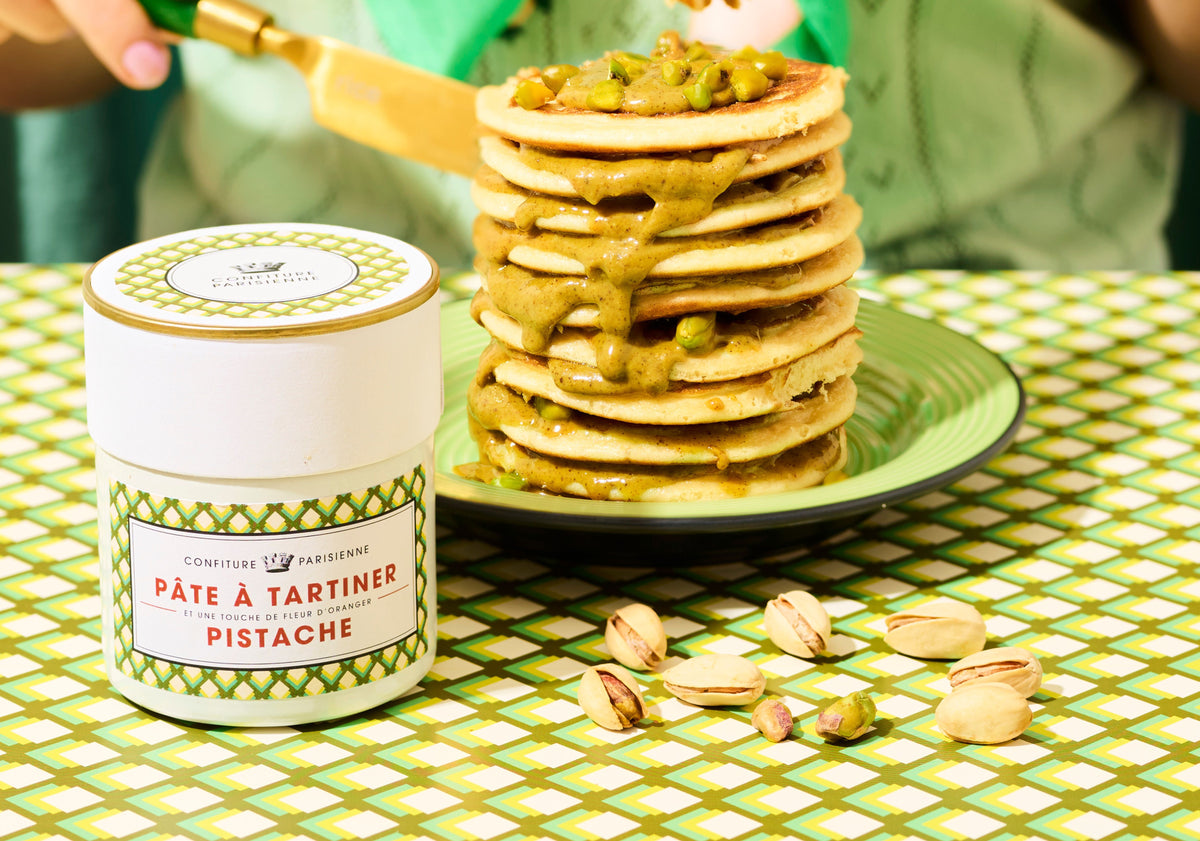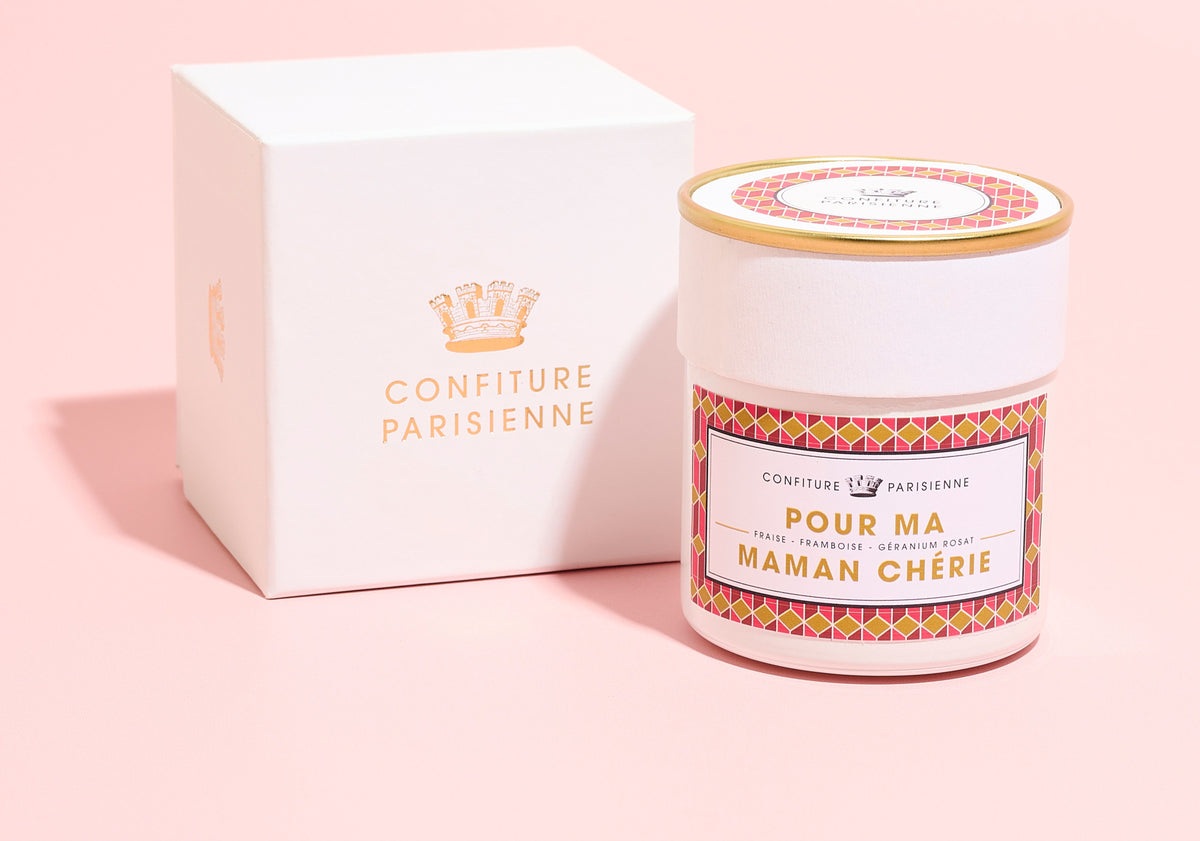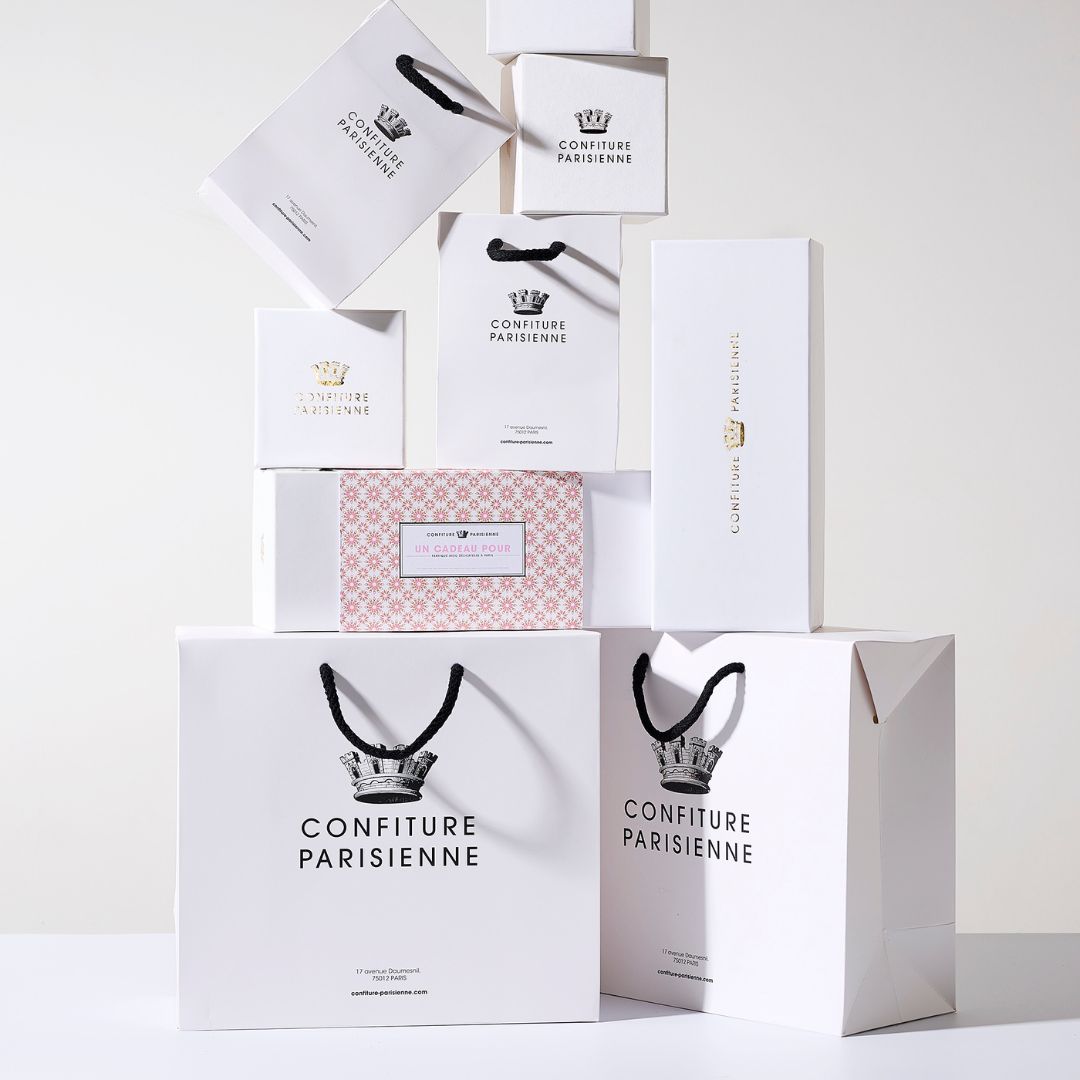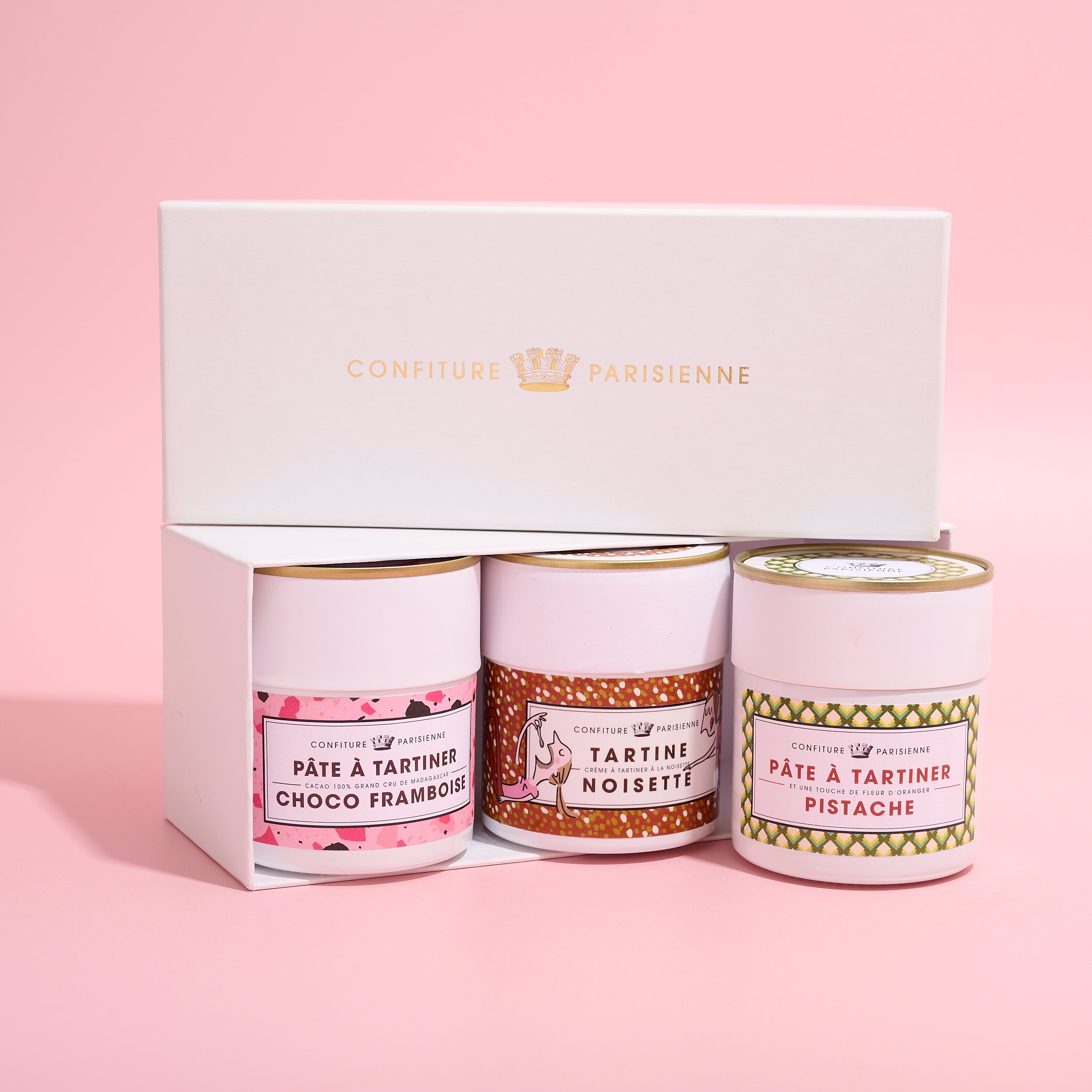Flowers and plants have been used to enhance our dishes since the Middle Ages, and for some civilizations even longer. Confiture Parisienne, always seeking innovation, offers you gourmet recipes full of amazing flavors, especially recipes made with natural ingredients. Today, it invites you to discover some of its floral-flavored creations.
The Rose
We love receiving it in a bouquet to celebrate an occasion, but have we ever thought about eating it? The answer is no, and you're right: roses and flowers purchased from a florist are not edible because they are chemically treated. But the dried, natural rose purchased from a herbalist—you can devour it! It often pairs well with sweet flavors, such as strawberry or raspberry desserts. It can also flavor dishes and add flavor to jellies and jams!
What better way to illustrate these delicious properties than Rose de Sèvres ? A homemade jam combining raspberries, their crunchy seeds, and the natural aroma of rose, grown in northern Europe.
The Violet
It is suggested to tell the person receiving it that they can trust us. Sometimes white or purple (hence its name), it has a very delicate aroma. Both sweet and bitter, it can be used in both savory dishes such as cold soups and sweet dishes such as fruit salads.
This is what King Louis XV's pastry chef understood when he created the famous Puits D'Amour , a dessert commissioned for his mistress, La Pompadour. Confiture Parisienne has rediscovered the secret of this wonderful recipe and is delighted to put it in a jar just for you. It highlights the natural aroma of violets, produced in the Alpes-Maritimes, in La Roquette sur Siagne.
The Basilisk
A true emblem of Italian cuisine, basil finds its place in many recipes. Basil is an herb with a fresh, slightly lemony flavor.
Usually used for savory dishes, Confiture Parisienne showcases it, after picking it on the rooftops of the Opéra Bastille, in a high-end jam, combining Mara des Bois (strawberries) and Marmande tomatoes.
The Saffron Pistil
Like basil, saffron is a well-known spice in our cuisine. Often used in dishes like paella, risotto, and bourride, it is also used to flavor certain pastries.
It is therefore with Mirabelles de Lorraine that Confiture Parisienne has chosen to combine the pistils of the saffron flower, brought directly from Dakar, to celebrate summer.
Verbena
It is one of the most widespread edible plants. Indeed, you are familiar with verbena in infusions and essential oils, but did you know that it is used in desserts such as fruit salads and jam, of course!
This is the Peach Verbena recipe from Confiture Parisienne, produced only when the season allows it, which highlights the fresh and lemony scent of verbena.
Lavender
This one is also well known in your kitchen; you are no stranger to its use to flavor your pastries. A lesser-known practice, it is also used for savory dishes (meat, fish, and vegetable dishes).
Apricot Lavender is the sweet and spicy recipe that Confiture Parisienne produces every summer to brighten up your breakfasts.
If you love jams with floral or herbal flavors, you've come to the right place! We're always looking for "magical" combinations that will have you finishing the jar in no time.
In fact, our stocks of “Peach Verbena” and our “Apricot Lavender” were already running low in December. (Sign up now for our new “back in stock” alert to be the first to know when they’re back in stock).
We promise this year we'll double down on production so we can last a little longer until the warmer weather.
In the meantime, get cooking with these new combination ideas (this idea of lavender on a cod fillet is crazy!) and if you have ever tried and approved a “magical combination”, share it with us!
Who knows, it might become a jam in a white jar ;-)




